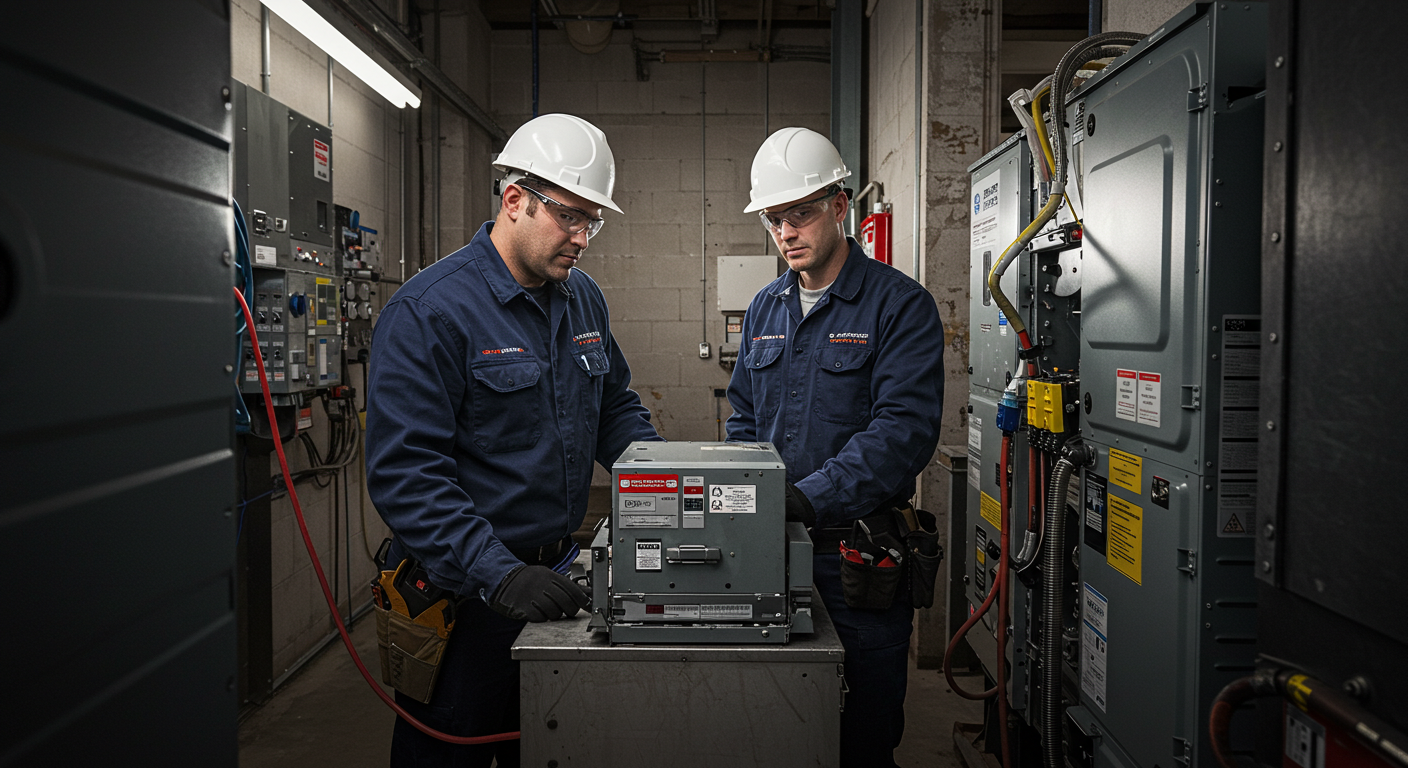Preparing Your HVAC Business for Regulatory Audits: A 2025 Guide
The year 2025 is upon us, and with it comes a wave of new HVAC regulations that could catch you off guard if you’re not prepared. With the Environmental Protection Agency’s (EPA) refrigerant transition and other compliance requirements, being ready for a regulatory audit is more crucial than ever. In this blog post, we’ll walk you through how to prepare your HVAC business for these audits, ensuring you stay compliant and keep your business thriving.
Understanding HVAC Regulatory Requirements
First and foremost, it’s essential to understand the regulatory landscape. In 2025, all HVAC systems must use refrigerants with a Global Warming Potential (GWP) below 700. This means phasing out popular high-GWP refrigerants like R-410A and updating your compliance documentation accordingly.
Compliance Documentation Essentials
Ensure that your compliance documentation is up-to-date. This includes verifying SEER and HSPF ratings, maintaining refrigerant usage logs, and disposal records. Current federal minimums are 14 SEER for northern states, 15 SEER for southern states, and 8.8 HSPF for heat pumps.
Preparing for HVAC Audits: A Checklist
Having a checklist can streamline your preparation process. Here are the key items to focus on:
- Workforce Readiness: Invest in ongoing training to ensure your technicians are certified and proficient with new refrigerant and efficiency standards.
- Operational Efficiency: Implement reliable service scheduling systems to avoid delays and provide evidence of compliance during audits.
- Supply Chain Strategy: Diversify your suppliers and use predictive analytics to ensure the availability of compliant components.
- Smart Controls: Advanced products like the Ruud Econet 800 series smart thermostat can automate efficiency reporting, providing auditable data for reviews.
HVAC Audit Best Practices
Adopting best practices will ease your audit process and improve your business operations. Here are some tips:
- Regularly review and update your compliance documentation to reflect the latest regulations.
- Engage with compliance experts to identify any gaps in your current processes.
- Utilize technology to monitor and report on energy usage and efficiency automatically.
Conclusion
Staying ahead of regulatory audits doesn’t have to be daunting. By understanding the requirements and implementing a solid preparation plan, your HVAC business can not only survive but thrive in the evolving market. Remember, compliance is not just about avoiding penalties; it’s about delivering reliable and sustainable services to your customers.
Ready to streamline your compliance process? Contact us today to learn how we can help your HVAC business stay audit-ready!
FAQs on HVAC Regulatory Audit Preparation
What are the new refrigerant requirements for 2025?
From 2025, all HVAC systems must use refrigerants with a GWP below 700, which means phasing out high-GWP refrigerants like R-410A.
How can I ensure my HVAC business is compliant?
Keep your documentation updated, invest in ongoing workforce training, and use smart technology for monitoring and reporting.
Why is a reliable service scheduling system important?
It prevents delays and provides evidence of compliance, which is crucial during regulatory audits.
What should be included in my HVAC compliance checklist?
Include verifying SEER and HSPF ratings, refrigerant logs, technician certifications, and supply chain plans.
How can predictive analytics benefit my HVAC business?
Predictive analytics can help ensure the availability of compliant components and optimize supply chain management, reducing the risk of compliance issues.


